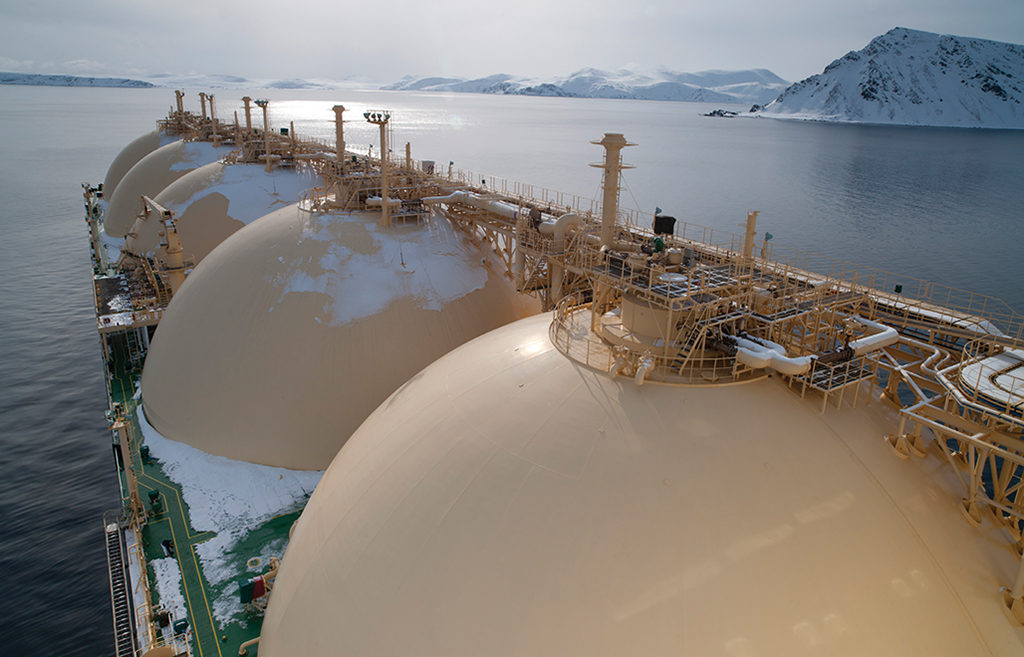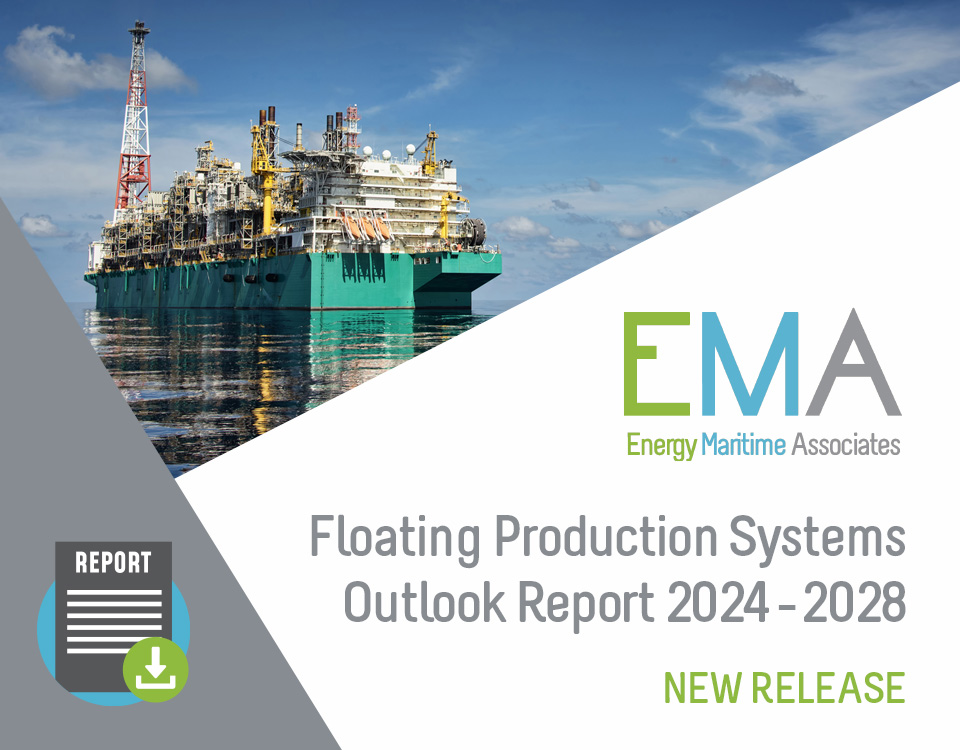LNG at a Crossroads

The overall LNG market may indeed be at a crossroads, as published in the Journal of Petroleum Technology (JPT) recently but despite decade’s worth of talk, and a handful of executed projects, the floating piece of the LNG market puzzle remains parked in the driveway. Certainly we believe and agree the Floating LNG concept has some significant advantages, specifically cost savings, reusability and the potential to monetize stranded gas.
The JPT article references the 2019 World LNG Report, published in April by the International Gas Union (IGU). According to the IGU report, “As floating liquefaction is a technology still in its relative infancy, the potential cost benefits of LNG FPSO technology will become clearer as more projects reach start-up.”
We agree. While the FLNG concept makes perfect sense for certain development scenarios, more units must to be installed to prove out all potential cost benefits.
Building an entire FLNG in a controlled environment with infrastructure (A shipyard for example) and then mobilizing it to a remote region is more cost effective than building the entire unit locally. Even building modules in controlled environments and delivering these pieces to the development site for assembly offers potential for cost savings. These construction approaches are not always ideal though, as they do not include much, if any, local content.

Source: Shell.
Gemmata LNG tanker.
However, an FLNG built entirely offsite might be the only way a gas field in an ultra-remote location could ever be produced economically. The operator/producer benefits too with the potential ability to move and re-use the FLNG elsewhere. The FLNG could be relocated to a new field once the initial field is depleted. Offshore Malaysia, Petronas used this model with the PFLNG Satu that initially began production from the Kanowit field in 2016 and then successfully redeployed to the Kebabangan field in 2019.
Production companies are more focused today on value and less on volume (initiating & increasing production). This trend has steered operators to find other ways to reduce costs and maximize the use of previous investments. As a result, a number of FLNG projects offshore Australia have been dropped in favor of FPSOs/Production Semis that will export gas to existing onshore LNG facilities, which will have excess capacity by the mid-2020’s. In places where there are no existing alternatives, the FLNG option makes sense and where we believe more opportunities exist to monetize stranded gas. The mid-sized gas discovery with no nearby infrastructure is where the FLNG is the most practical and cost-effective solution.
EMA provides accurate and dependable quarterly reports for the Floating Production Sector.
Clients tell us that our reports are the best source for information about upcoming developments.
The overall LNG market may indeed be at a crossroads, as published in the Journal of Petroleum Technology (JPT) recently but despite decade’s worth of talk, and a handful of executed projects, the floating piece of the LNG market puzzle remains parked in the driveway.



